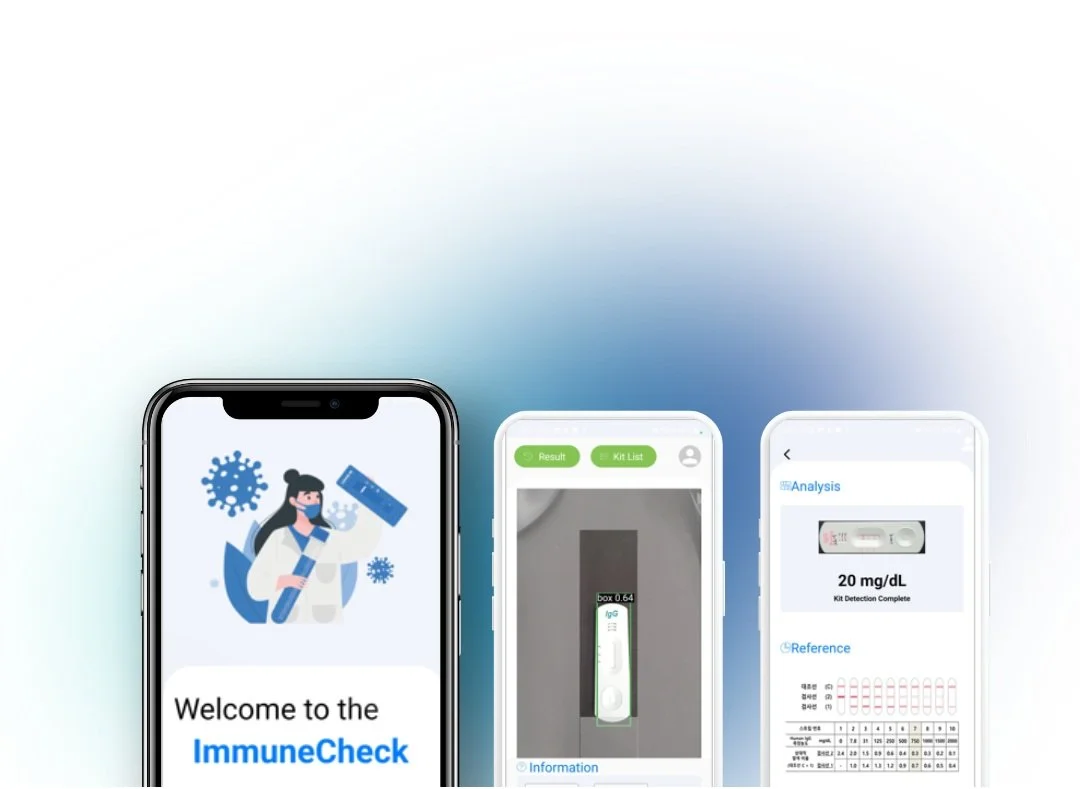Product Overview
PoochGard AI
What You Can Do with PoochGard
Track Your Pet’s Health
View test history and trends over time
Secure, on-device storage with optional cloud sync
AI-Based LFT Analysis
Snap a photo of your test strip
Get results labeled as Positive, Negative, or Invalid
Detects even faint lines that humans may miss
Designed for Growth
Built for both pet owners and veterinary professionals
Subscription-ready with analytics tools for clinics
Real-Time Results
Instant feedback
Built-in concentration prediction using object detection + regression models
Cross-Platform Convenience
Available on iOS & Android
Lightweight AI models powered by YOLOv5 + TensorFlow Lite
Our Technology
Built on Flutter for cross-platform convenience, the PoochGard app uses cutting-edge technologies to power real-time diagnostics:
YOLOv5 Integration for object detection
TensorFlow Lite for on-device AI analysis & regression
Seamless UI for test history and user analytics
Subscription-ready infrastructure for clinics and pet parents
A feasibility study is currently underway to streamline this integration.

How It Works
1
Drop your sample on the kit
2
Take a photo using the PoochGard app
3
Let AI analyze the image
4
Get your result instantly
5
Save & review for future reference
Our AI Development Process
At PoochGard, we follow a 6-stage pipeline to ensure our AI-powered diagnostics are as reliable, accurate, and trustworthy as possible. Every step is designed to enhance learning quality and ensure top-tier performance in real-world conditions.
1. Sample Production
We begin by preparing specimen samples at various concentrations. These are applied to test kits to observe accurate color development for real-world simulation.
2. Data Collection
Using three or more smartphones, we capture images under 21 different color temperatures, producing over 63 images per sample, building a robust, diverse dataset.
3. Data Labeling
Images are manually labeled using an open-source tool to assign the correct results. This ensures high labeling accuracy, which is critical for AI learning.
4. Data Inspection
Our inspectors cross-verify concentration values and area ranges to validate labeling integrity and remove irrelevant or poor-quality data.
5. AI Training
With clean, labeled data, we train our models for:
Object detection – identifying key areas on the kit
Regression analysis – predicting concentration values
All models are then optimized for mobile efficiency.
6. AI Testing
We test with untrained (partitioned) data to measure generalization performance. If models perform well on unseen images, they’re considered ready.

Join the Future of Pet Health
Be a part of the growing community transforming pet care with PoochGard AI.


